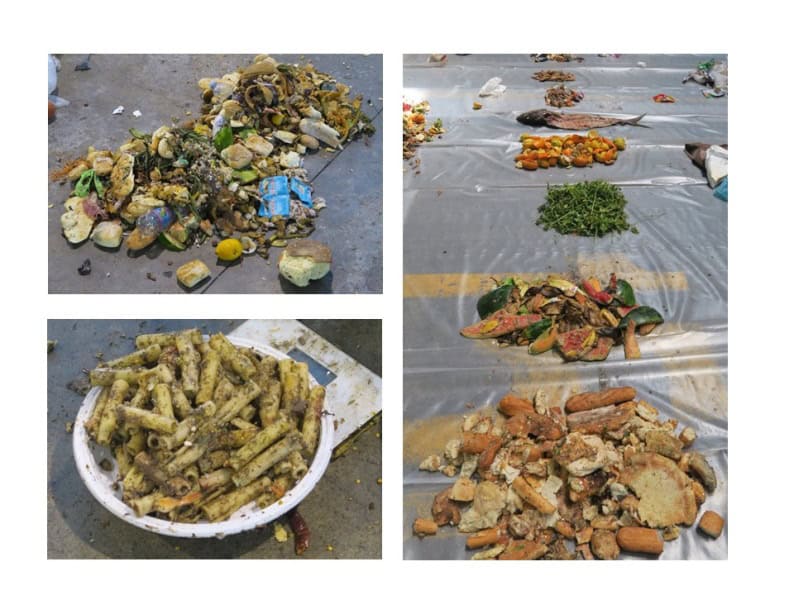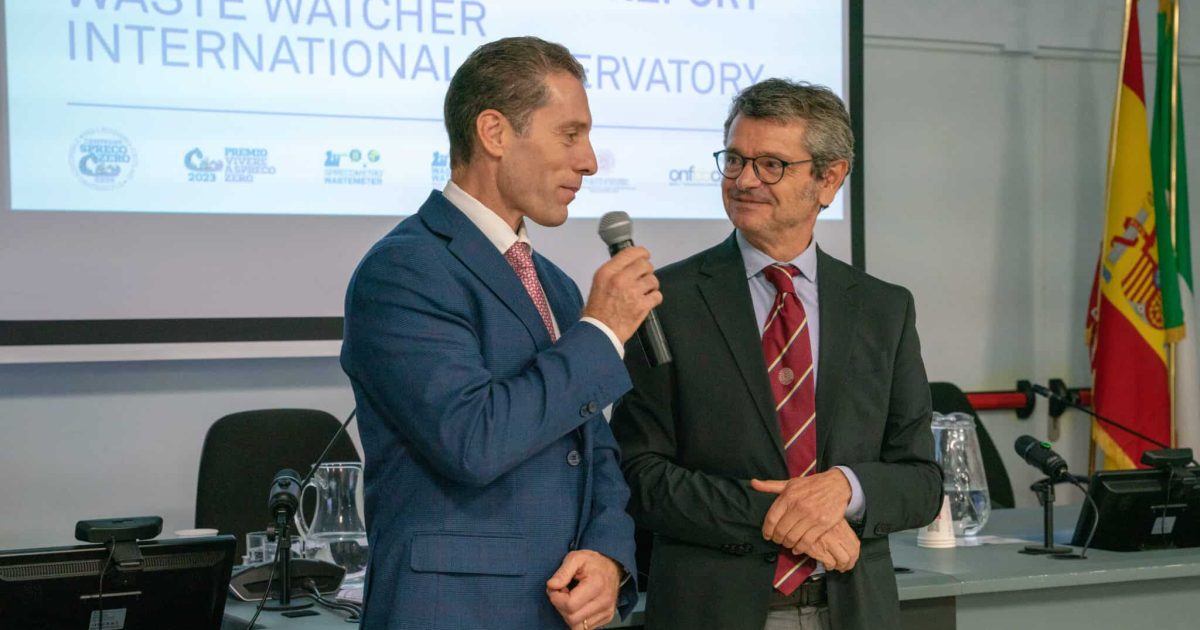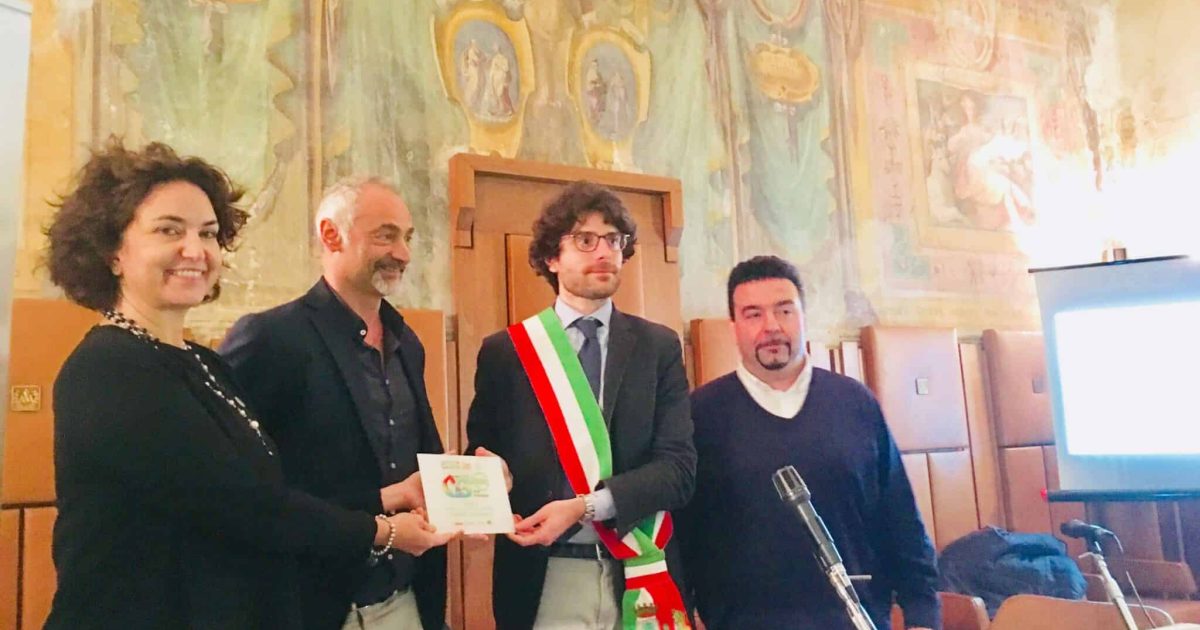Mario Grosso and Camilla Tua, AWARE Research Group, Civil and Environmental Engineering Department, Politecnico di Milano
Each and every day we throw in the garbage a certain amount of food waste: from uneaten leftovers to spoiled products, from peels to coffee grounds, from bones of meat to stale bread. Yet, how much is the overall amount of food waste in the municipal waste in Italy and what is its composition?
To answer this question, the AWARE research group at the Civil and Environmental Engineering Department of Politecnico di Milano has decided to go directly at the treatment plants where municipal waste is delivered. In particular waste-to-energy (WTE) plants, where the urban residual waste is combusted for the recovery of energy, and composting facilities, in which the organic waste from separated collection is treated for the production of compost.
Equipped with masks, coveralls, gloves, a scale and a good dose of sangfroid, we analyse representative waste samples, looking for any recognizable element of food waste (a rotten apple, cooked pasta, peels, shells, dry bread, and so on). The primary goal is to quantify how much of this food waste is actually “avoidable”, i.e. could have been eaten at some point prior to disposal, but was discarded irrespective of the reason (food spoilage, over-cooking and leftovers from plates, over-buying…).

Based on the preliminary results, even where a highly efficient separated collection of food waste is in place, about 15-20% by weight of the residual waste is still composed by food waste and almost one third of it is avoidable. Interesting data were also derived for the source-separated organic fraction, where the amount of avoidable food waste results 25% by weight on the average.
If we apply these numbers to the overall waste generated in Italy, a preliminary estimate of the avoidable food waste in the municipal waste is in the order of 1.5 million tons per year!

Our activity is conducted in strict cooperation with Conai (the National Consortium for Packaging waste) and CIC (the Italian Composting Consortium), which perform periodical analysis campaigns to assess the composition of the urban residual waste and of the organic fraction, respectively.






